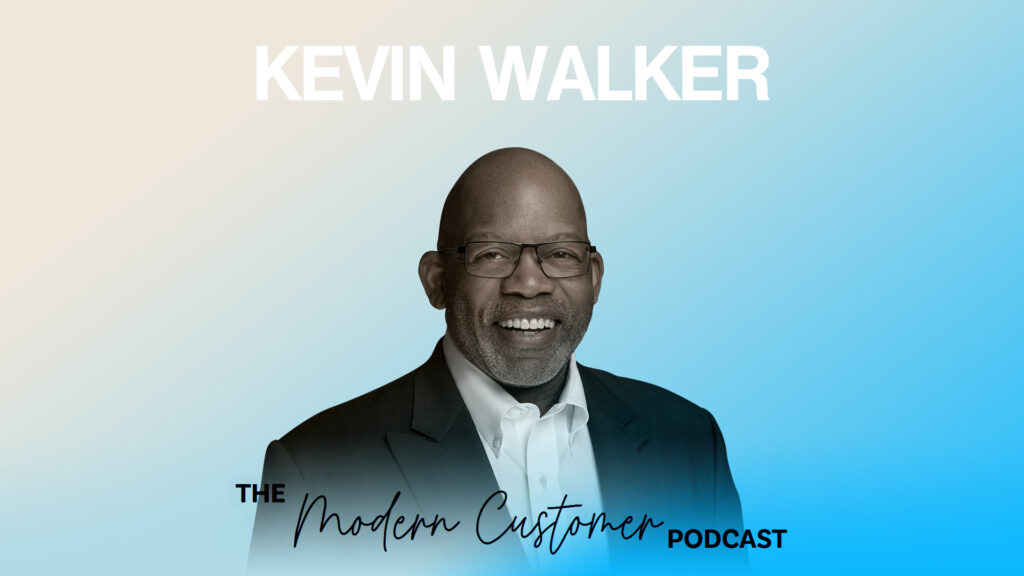Utility companies aren’t typically known for their customer-centricity.
But Kevin Walker, CEO of Duquesne Light in Pittsburgh, is transforming the industry by making customers a central focus.
Walker admits that the system used to be a one-way flow from facilities to customers. Until recently, most utility companies referred to their customers as “meters” or inanimate objects instead of focusing on them as humans.
But customers are more involved in their utilities than before, and an increasing number of companies like Duquesne Light are transforming to provide personalized, digital service.
You can watch the video of our full discussion below. For more content like this, please subscribe to my Youtube channel.
Deliver Digital Solutions
Duquesne Light’s digital transformation has helped it better understand the overall customer journey and the many unique customer personas. An increase in data and advanced technology allows utility companies to understand their customers better and serve them in more direct and convenient ways.
One of the greatest opportunities for digital solutions is through self-service options. Instead of waiting for a contact center agent, customers have the power to control their power and accounts. By tracking contacts data, Duquesne Light realized customers commonly called to turn their power on and off with the seasons–a simple request that ate up resources. Moving this and other common tasks to the app is a win-win: customers get fast service on their schedules, and the company can put its resources in other areas.
Meet Customers Where They Are
Because utility companies include every resident and business in their service territories, there’s a huge range in customer expectations. Some customers want the simplest approach to utilities—they are happy as long as their power turns on. Other customers have a deep understanding of the complex power grid and want to know where their energy comes from and how it gets to their homes.
Walker says the key to serving all types of customers is to meet them where they are. A customer who wants the easiest possible experience doesn’t need to know the inner workings of the power grid. They just need to trust the power company. But a more sophisticated customer wants details about how the power is sourced and how they can get the most out of their utilities.
Meeting customers where they are requires trust. Although Walker says there’s no magical formula to creating customer trust, he does recommend three steps:
- Listen to customers.
- Do what you say you’ll do.
- Show you put the customers’ interest above the business.
Every Duquesne Light employee understands the power of customer experience and their role in serving customers. As a customer-focused leader, Walker sets the tone by listening to feedback and regularly talking with customers to find areas for improvement. Utility companies have an incredible role to play in supporting their communities, and building customer-centric companies starts with realizing the importance of that mission and each employee’s role.
Today, every business–including utilities–must be customer-centric. Involving every employee, building trust and meeting customers where they are to create trust ensures customers are central to every business decision.
_________________
Blake Morgan is a customer experience futurist and the bestselling author of The Customer of the Future. For regular updates on customer experience, sign up for her weekly newsletter here.

